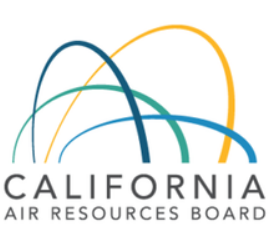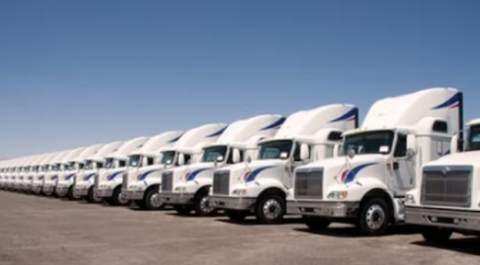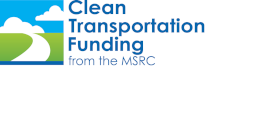
The California Air Resources Board (CARB) recently kicked-off the first of two Board hearings to consider adopting the Advanced Clean Fleet Regulation (ACF). The ACF rule would complement the Advanced Clean Truck rule adopted in 2020 that requires manufacturers to sell an increasing percentage of zero-emission trucks starting in 2024. The ACF would require California’s truck fleets to begin purchasing an increasing percentage of zero-emission vehicles (ZEVs) and is designed to accelerate the market for medium- and heavy-duty zero-emission trucks, vans and buses.
According to CARB, trucks alone are the largest single source of air pollution from vehicles in the state, producing 70 percent of the smog-causing pollution and 80 percent of the diesel particulate matter (PM). Although Class 7 and 8 tractors represent about 1 percent of vehicles on California’s roadways, they produce approximately 13 percent of the greenhouse gas (GHG) emissions, 25 percent of PM 2.5 emissions, and 33 percent of oxides of nitrogen (NOx) emissions, according to an analysis by the Union of Concerned Scientists. Because they are the highest polluting class of vehicles, the rule focuses on Class 7 and 8 tractors, with 67 percent of these vehicles being covered by the regulation.
Given the diversity of the medium- and heavy-duty vehicle sector, there are several components to the ACF rule. The current staff proposal presented for Board input and discussion includes the following provisions:
1) A manufacturer sales mandate that would require manufacturers to only sell zero-emission trucks starting in 2040.
2) Starting in 2024, drayage fleets may only add zero-emission trucks to their fleets and legacy vehicles must be removed from service at the end of their useful life (typically 18 years), so that by 2035, all drayage trucks must be zero-emission.
3) State and local government fleets would be required to ensure that 50 percent of their vehicle purchases are zero-emission beginning in 2024, with 100 percent of their purchases being zero-emission by 2027.
4) Federal fleets and high priority fleets (those that have 50 or more trucks or generate at least $50 million in revenue) must follow a phased-in schedule – either by model year, where, starting in 2024, fleets must purchase ZEVs only and remove fossil fuel vehicles at the end of their useful life, or by ZEV milestones, where fleets must meet ZEV targets as an increasing percentage of their total fleet.

The October hearing featured more than 150 public comments and was widely covered in state and national media. Many supporters of the rule argued that the transition should be made more rapidly, advancing the compliance date from 2040 to 2036, because of the harmful emissions generated by these vehicles. Critics of the rule often cited the lack of infrastructure or the lack of availability of trucks as to why the rule should be revised or delayed. However, state agencies including the California Energy Commission and the Public Utilities Commission emphasized the historic ZEV investments from the State Budget over the last two years, significant ongoing infrastructure investments from utilities, as well as the federal funding from the Infrastructure Investment and Jobs Act, all of which have authorized several billion dollars for zero-emission infrastructure, and said that the funding was being deployed as soon as possible. Additionally, CARB estimates that there are 148 vehicle models in North America available for order or pre-order, 135 models that are actively being produced and delivered to customers, with at least 35 manufacturers producing vehicle Class 2b through Class 8 zero-emission vehicles.
After a day-long hearing, Board members spoke favorably about the rule. A few of the Board members seemed to echo the call for moving up the 100 percent ZEV sales target date to 2036 and directed staff to take a closer look at the date. Board Chair Liane Randolph also asked staff for more clarity on infrastructure exemptions and commercial availability, to examine added flexibility for municipal fleets and utilities, and to explore additional data on reducing the priority fleet size from 50 trucks.
Staff will now make proposed revisions to the rule based on public comment and Board direction. CARB likely will release an updated draft rule early next year, with a final Board vote expected in the first half of 2023.
